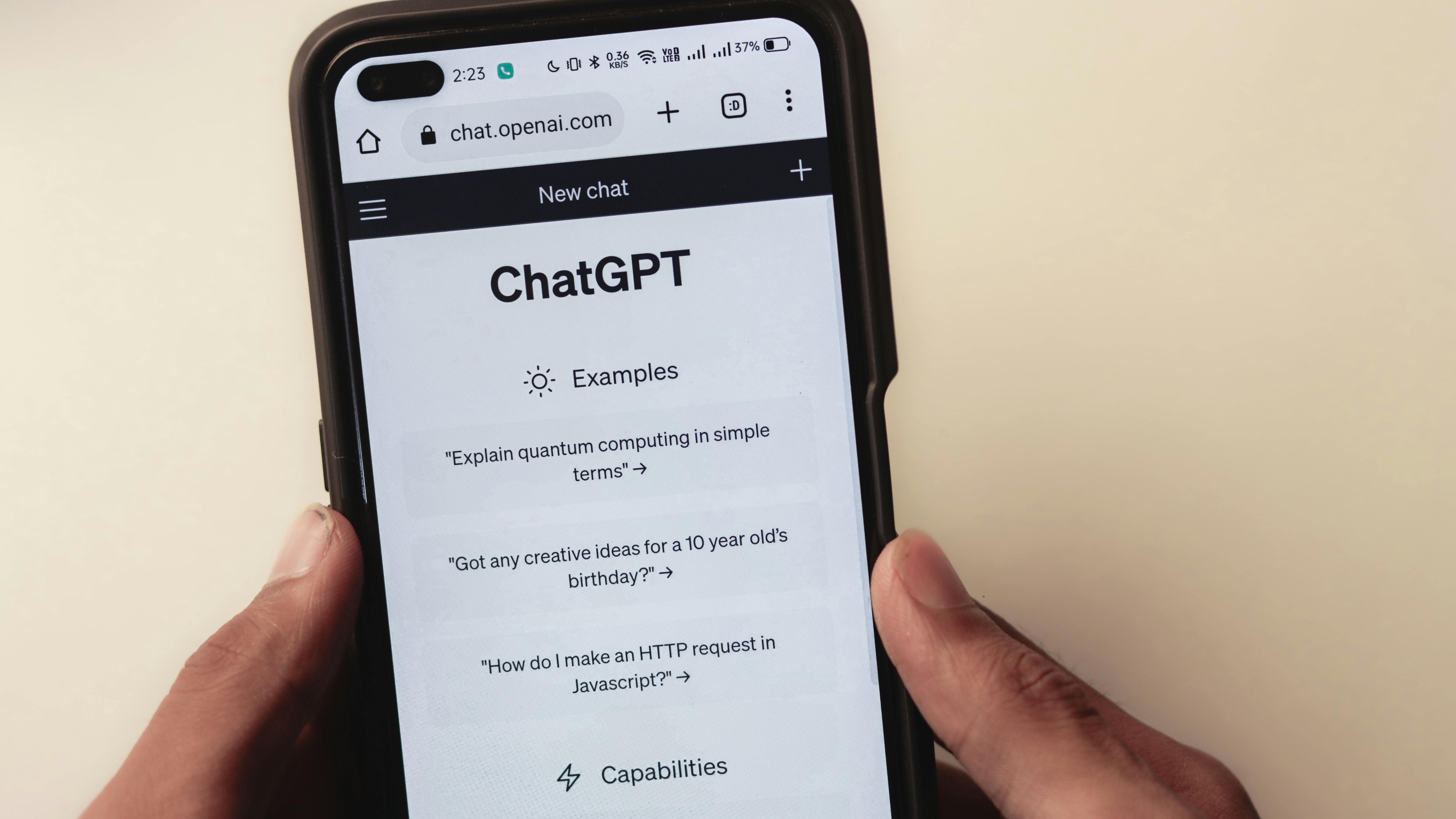
Unlocking AI's Potential: Insights from Leading Organizations
As the business landscape becomes increasingly intertwined with technology, the brand new shifts through artificial intelligence (AI) introduce both challenges and opportunities for organizations. An eye-opening statistic shows that while 92% of CEOs are pouring heavy investments into generative AI, a mere 7% are actually revamping their revenue sources. This stark contrast signifies that while many are eager to embrace AI, few have cracked the code on effectively leveraging it.
The 'Pacesetter' Approach: A Game-Changer for Engagement
Leading organizations, known as "Pacesetters," are not just dabbling in AI; they are revolutionizing their operations through strategic integration. By fostering a human-centered approach to AI, these companies focus on enhancing employee performance, improving experiences, and creating value that transcends mere cost reduction. It’s about weaving AI into the fabric of business, where it becomes a tool for continuous growth and productivity rather than a disruptive force.
Transformative Talent Strategies
The crux of successfully navigating this AI-driven landscape lies in talent management. Pacesetter organizations are redefining their workforce models by adopting skills-based hiring, promoting internal mobility, and concentrating on dynamic skilling. By prioritizing talent density, these companies are not only building robust teams but also ensuring an agile learning environment that prepares employees for the ever-evolving demands of the market.
Building a Culture of Change
Cultivating an agile culture is essential for any organization aiming to maintain a competitive edge. A strategic HR approach that promotes collaboration and encourages inquiry can enable faster adaptation to change. By integrating AI into everyday business processes, organizations can empower their teams, fostering a high-performance culture that values innovation and adaptability. This approach not only engages employees but also boosts retention rates, aligning workforce strategy with broader organizational goals.
Your Move: Engage with the AI Transformation
Understanding these strategies can equip leaders—from CHROs to operational heads—with the tools necessary to usher in a new era of employee empowerment through AI. Engage now to explore how transforming your workforce strategy can lead to significantly improved employee performance and innovative outcomes.
 Add Row
Add Row  Add
Add 




Write A Comment